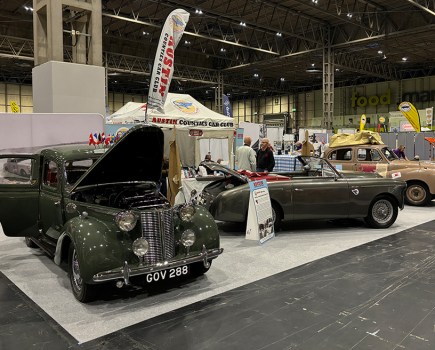The Association of British Insurers have announced that insurance write-off categorisation is changing from October 1, when the current Categories C and D will be replaced by two new categories; S for Structurally damaged repairable and N which will stand for non-structurally damaged repairable.
According to the ABI, “Complex repairs have made it harder for insurers and bodyshops to determine if and how to safely fix cars and the new classes will place greater emphasis on the condition of the vehicle rather than the repair costs, so that vehicles which should be scrapped won’t be sent back on the road.” At present, whether a write-off falls into Category C or Category D is driven entirely by cost of repair in relation to the car’s pre-accident value. Additional costs to the insurer such as provision of a hire car while the claim is settled are also taken into account. This is often significant and can swing a decision – if a car is written off the insurer’s responsibility ends quickly, whereas if a repair is likely to take time – due for example to slower-than-normal parts sourcing – the extra costs may run into hundreds of pounds.
Consequently some low-value cars – including many everyday classics – can be classified Category C despite having very minor damage. Some insurers even find it more cost-effective to write off any vehicle worth less than £1000 – whereas a more valuable one could have quite significant structural damage but if the repair costs is less than pre-accident value (plus the insurers extra costs incurred if it chooses to repair), it still goes into the least-serious Category D.
The existing Category A (scrap) and B (Break) categories remain unchanged. These are vehicles which are considered to be too badly damaged to ever go back on the road. Category A means the car contains no salvageable parts and is fit only for crushing as scrap metal – this is usually applicable to burnt-out shells, fully-stripped stolen/recovered vehicles, or fully submerged flood damaged vehicles. It is also, though, occasionally applied to vehicles involved in nasty ‘high profile’ accidents involving celebrites. Category B cars can be broken for parts but are considered too badly damaged to be repaired safely.








